How Does The Camera Lens Work?
Understanding how a camera lens works is fundamental for anyone interested in photography, whether as a hobby or a profession. The camera lens is a crucial component that determines the quality and characteristics of the images captured. This article will delve into the mechanics of camera lenses, their types, and how they influence the final photograph. By the end of this article, you will have a comprehensive understanding of how camera lenses work and how to choose the right one for your needs.
The Basics of Camera Lenses
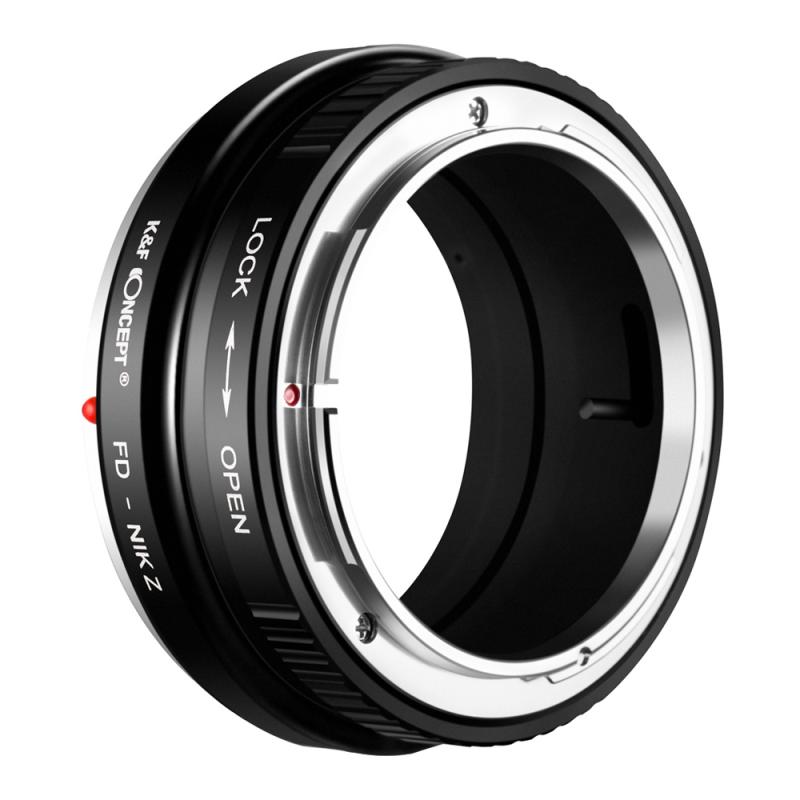
A camera lens is essentially a curved piece of glass or other transparent material that focuses light onto the camera's sensor or film. The primary function of the lens is to gather light rays from the scene and bend them to form a sharp image on the sensor. The lens achieves this through a combination of refraction and focusing mechanisms.
Refraction
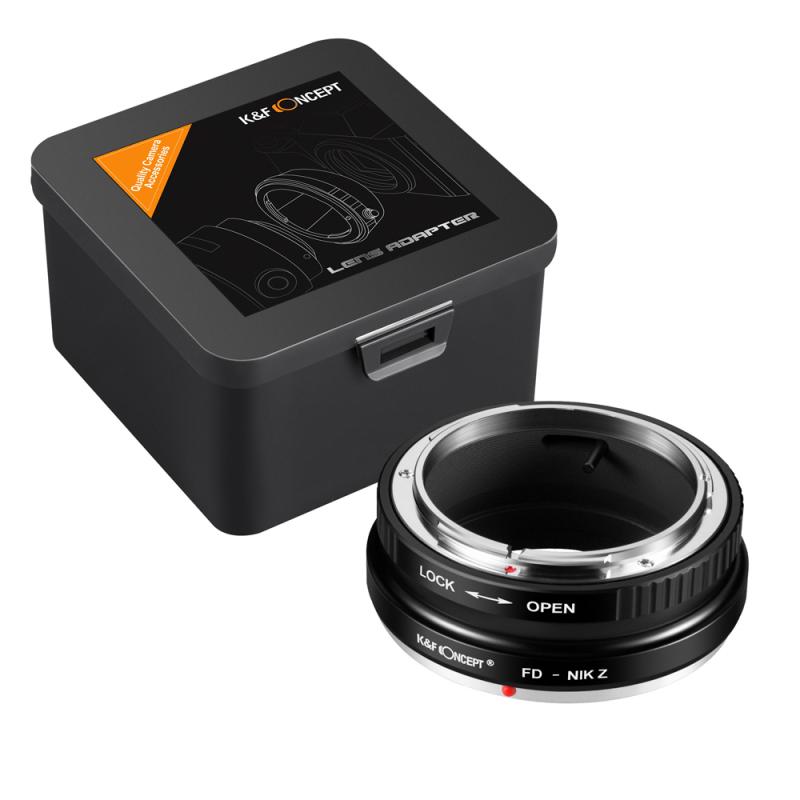
Refraction is the bending of light as it passes through different mediums. In the case of a camera lens, light enters through the front element and is bent or refracted by the lens elements inside. These elements are carefully shaped and positioned to direct the light rays to converge at a single point, known as the focal point.
Focal Length
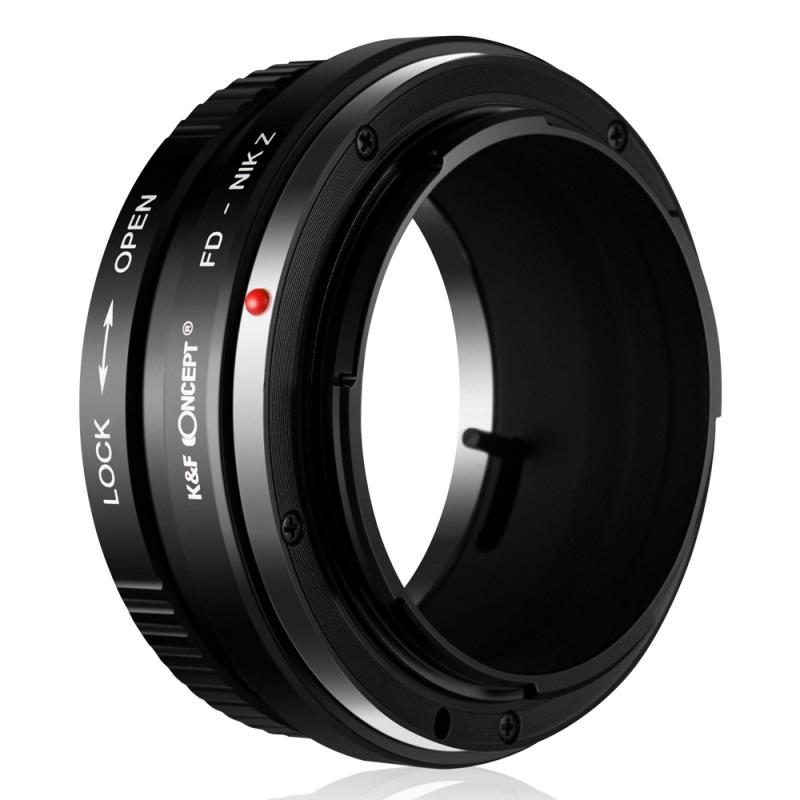
The focal length of a lens is the distance between the lens and the image sensor when the subject is in focus. It is usually measured in millimeters (mm). The focal length determines the field of view and magnification of the image. Lenses with shorter focal lengths (wide-angle lenses) capture a broader scene, while lenses with longer focal lengths (telephoto lenses) magnify distant subjects.
Types of Camera Lenses
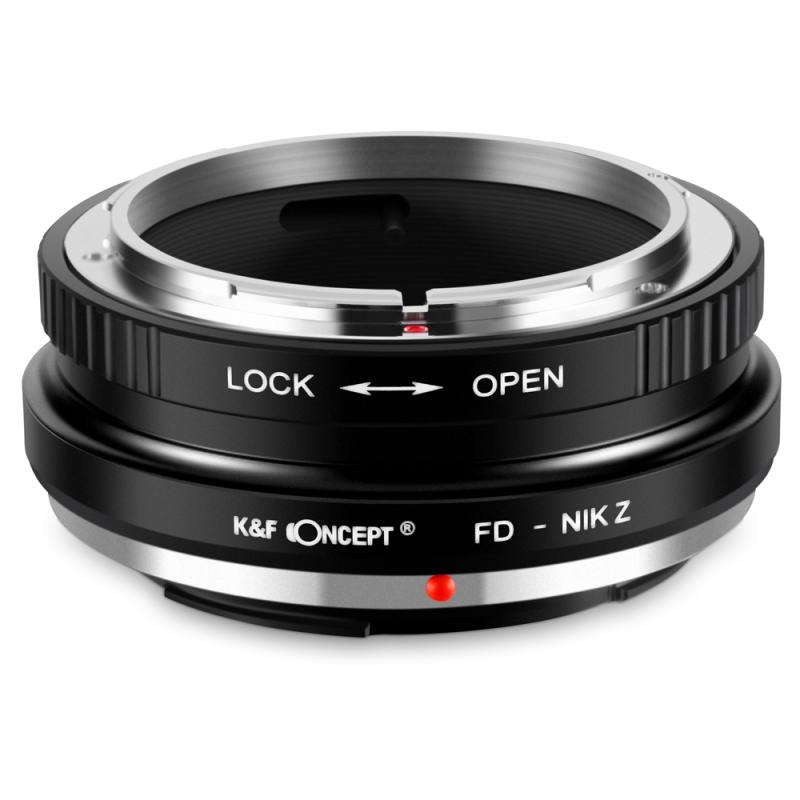
There are several types of camera lenses, each designed for specific purposes. Understanding these types will help you choose the right lens for your photography needs.
Prime Lenses
Prime lenses have a fixed focal length, meaning they do not zoom in or out. They are known for their sharpness, wide apertures, and compact size. Prime lenses are ideal for portrait photography, low-light conditions, and achieving a shallow depth of field.
Zoom Lenses
Zoom lenses have a variable focal length, allowing you to zoom in and out without changing the lens. They offer versatility and convenience, making them suitable for various photography genres, including landscapes, sports, and wildlife.
Wide-Angle Lenses
Wide-angle lenses have short focal lengths, typically ranging from 10mm to 35mm. They capture a wide field of view, making them perfect for landscape photography, architecture, and interior shots.
Telephoto Lenses
Telephoto lenses have long focal lengths, usually starting from 70mm and going up to 600mm or more. They are designed to magnify distant subjects, making them ideal for wildlife, sports, and portrait photography.
Macro Lenses
Macro lenses are specialized lenses designed for close-up photography. They have a high magnification ratio, allowing you to capture intricate details of small subjects like insects, flowers, and textures.
How Camera Lenses Affect Image Quality
The quality of the lens significantly impacts the final image. Here are some key factors that influence image quality:
Aperture
The aperture is the opening in the lens through which light enters the camera. It is measured in f-stops (e.g., f/2.8, f/4, f/5.6). A larger aperture (smaller f-stop number) allows more light to enter, which is beneficial in low-light conditions and for achieving a shallow depth of field. Conversely, a smaller aperture (larger f-stop number) allows less light and provides a greater depth of field.
Lens Elements and Coatings
Modern lenses consist of multiple glass elements arranged in groups. These elements are designed to correct various optical aberrations, such as chromatic aberration, distortion, and vignetting. Additionally, lens coatings are applied to reduce reflections, flare, and ghosting, enhancing contrast and color accuracy.
Image Stabilization
Some lenses come with built-in image stabilization (IS) technology, which compensates for camera shake. This feature is particularly useful when shooting handheld or in low-light conditions, as it helps produce sharper images.
Choosing the Right Lens for Your Needs
Selecting the right lens depends on your photography style and the subjects you intend to capture. Here are some considerations to keep in mind:
Purpose
Identify the primary purpose of the lens. Are you shooting landscapes, portraits, sports, or macro photography? Each genre has specific lens requirements.
Budget
Lenses can vary significantly in price. Determine your budget and look for lenses that offer the best value for your money. Remember that investing in high-quality lenses can make a noticeable difference in your photography.
Compatibility
Ensure that the lens is compatible with your camera body. Different camera brands have their own lens mounts, so double-check compatibility before making a purchase.
Portability
Consider the size and weight of the lens, especially if you plan to carry it around for extended periods. Prime lenses are generally more compact and lightweight compared to zoom lenses.
Practical Tips for Using Camera Lenses
To make the most out of your camera lens, here are some practical tips:
Understand Depth of Field
Depth of field refers to the range of distance within a photo that appears acceptably sharp. A shallow depth of field (achieved with a wide aperture) isolates the subject from the background, creating a pleasing bokeh effect. A deep depth of field (achieved with a narrow aperture) keeps more of the scene in focus, which is ideal for landscapes.
Use the Sweet Spot
Every lens has an aperture range where it performs best in terms of sharpness and minimal aberrations. This is often referred to as the "sweet spot." Typically, it is found two to three stops down from the maximum aperture. Experiment with different apertures to find your lens's sweet spot.
Clean Your Lens
Dust, fingerprints, and smudges can degrade image quality. Regularly clean your lens using a microfiber cloth and lens cleaning solution. Avoid touching the glass elements with your fingers.
Experiment with Focal Lengths
If you have a zoom lens, experiment with different focal lengths to see how they affect composition and perspective. Wide-angle lenses can exaggerate the sense of space, while telephoto lenses compress the scene and bring distant subjects closer.
Understanding how a camera lens works is essential for capturing high-quality images. The lens plays a pivotal role in focusing light, determining the field of view, and influencing image characteristics. By familiarizing yourself with different types of lenses and their features, you can make informed decisions and elevate your photography skills. Whether you're a beginner or an experienced photographer, mastering the use of camera lenses will open up new creative possibilities and help you achieve your desired photographic outcomes.


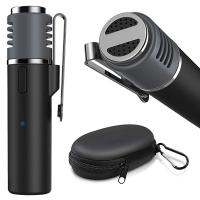
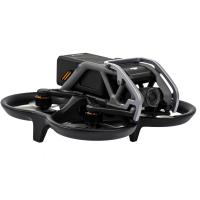
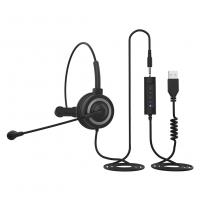
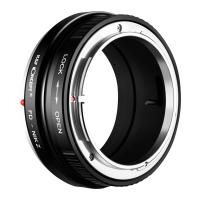
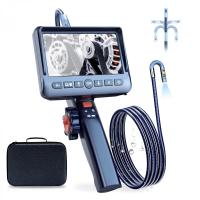
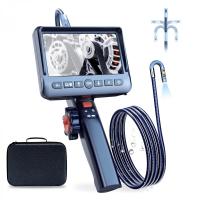
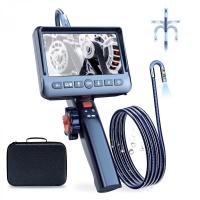
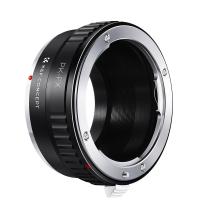
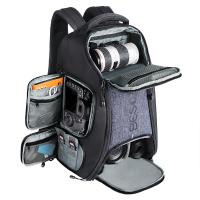

-200x200.png)



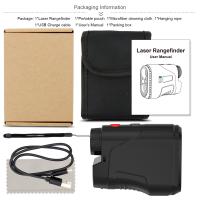
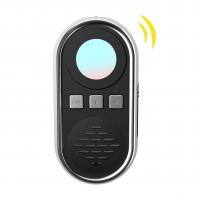
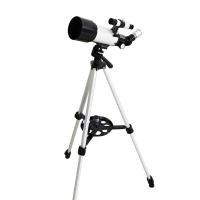
There are no comments for this blog.